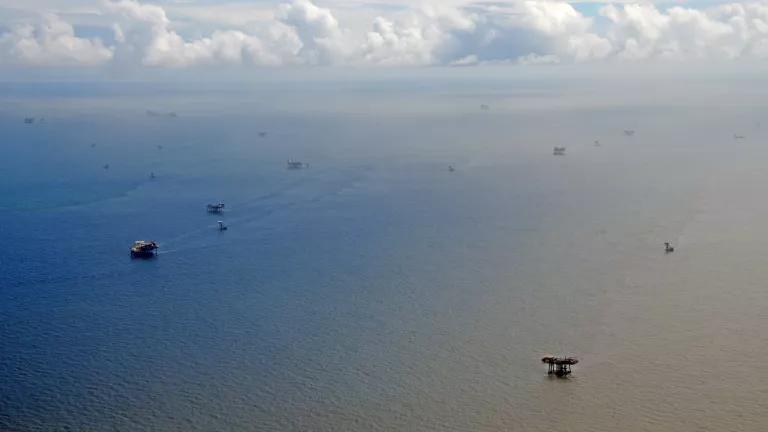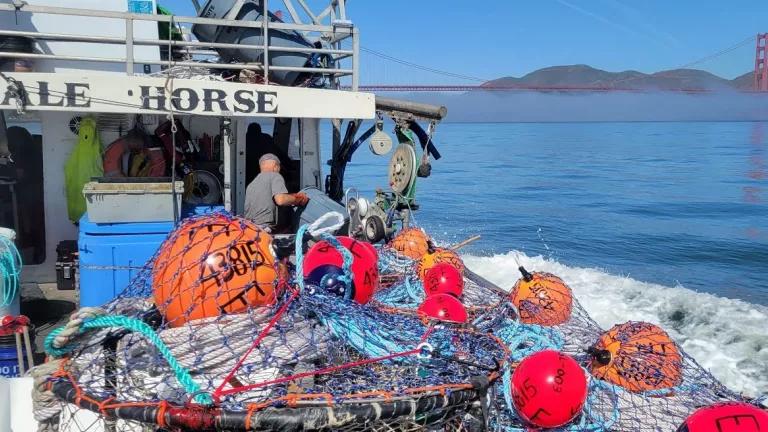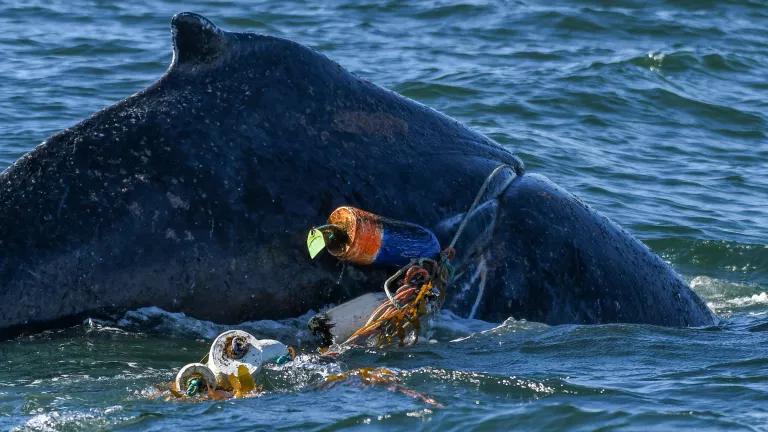
California's Scenic Coast
California is translating its vision for a biodiverse and climate resilient future for all into action. Conservation organizations, businesses, youths, and ocean-loving activists have sent letters this week in support to the California Natural Resources Agency encouraging the state to take bold action to protect at least 30 percent of the state’s land and waters by 2030.
California is one of the first jurisdictions to begin implementing the global 30x30 initiative. The State’s 30x30 movement offers a rare opportunity to protect important ocean resources that millions of Californians enjoy. It is also an opportunity for the state to set an example of substantive marine conservation for other states and countries.
California’s important first step toward realizing the goals of 30x30 is to finalize its implementation plan, called the Pathways to 30x30 Strategy. The final Pathways report will play a large role in determining the long-term success of this effort. The state will finalize the strategy in late spring of 2022 then turn toward the hard work on identifying candidate areas for additional protections.
Because of its Marine Protected Area (MPA) network, California has a head start on the 30x30 goal for the ocean. This ecologically connected network of protected areas allows marine habitats to recover and wildlife to flourish. California’s MPA network is a global example of meaningful ocean conservation and a model system throughout the world. However, when the MPA network was initially designed, the nature and extent of climate change impacts weren’t as well understood as they are now. The state’s MPA network was not designed with impacts like ocean acidification and marine heat waves in mind, especially at the intensity and rates of increase we have been experiencing in recent years.
Given the challenges we face with the crises of climate change and biodiversity loss, we need robust 30x30 protections that will effectively address these two issues. Governor Gavin Newsom’s Pathways to 30x30 California draft report is, overall, a good start. The definition on conserve focuses on two key elements of biodiversity conservation: ecosystem function and durability. The document also identifies MPAs as the primary tool to achieve biodiversity conservation in the oceans and acknowledges that not all MPAs are equal. The draft strategy points out that not all MPAs have the level of protection (LOP) necessary to achieve the conservation objectives, which is consistent with the best available science.
To reach the ambitious targets set by Governor Newsom, the final Pathways report should lay out a clear course of action that will lead to the significantly enhanced biodiversity protections we need. Science shows that fully protected areas offer the best biodiversity protections (highly protected MPAs are also effective). These types of MPAs are far more effective than more lenient MPAs at conserving biodiversity, protecting ecosystem structure and function, and have the potential to enhance ecosystem resilience in the face of climate change. We have a running start with the existing MPA network, but we need more fully and highly protected MPAs if we are to stem the loss of biodiversity.

Surfers Enjoying California's Beaches
The second vital component the final Pathways strategy should address is inclusivity in soliciting feedback and community engagement. The state has proposed the creation of a working group to identify major threats to biodiversity within the state’s four National Marine Sanctuaries. But the state proposal excludes many ocean users, giving the most prominent seats at the table to commercial fishing interests and other extractive users and overlooking the millions of Californians who visit the coast every year for non-consumptive recreation activities like sight-seeing, surfing, birdwatching and photography. Only about a fifth of coastal visitors engage in recreational fishing, and most of that is done from the shore.
These stakeholders—who form the backbone of California’s $26.5 billion ocean tourism and recreation economy—deserve to be heard and included in the decision-making process. One facet of inclusivity that the draft strategy should detail more is access to nature and coastal areas. There has been considerable discussion of more equitable access to the ocean at both the state and national levels by our partners at Azul and Hispanic Access Foundation that can be explored in greater depth here and here
Governor Newsom’s executive order establishing the 30x30 goal clearly stated that inclusion and equity needed to be important parts of the framework. But without participation from a diverse group of stakeholders—including those facing cultural, financial and other kinds of barriers—those aspects are almost certain to be ignored.
We hope changes are made to the draft that will uplift the needs and concerns of local communities and create more areas with the high levels of protection we need. 30x30 is a once in a lifetime opportunity to set an example of how we should protect the ocean, and we hope the state uses rigorous science and robust community engagement to make the most of this opportunity.



